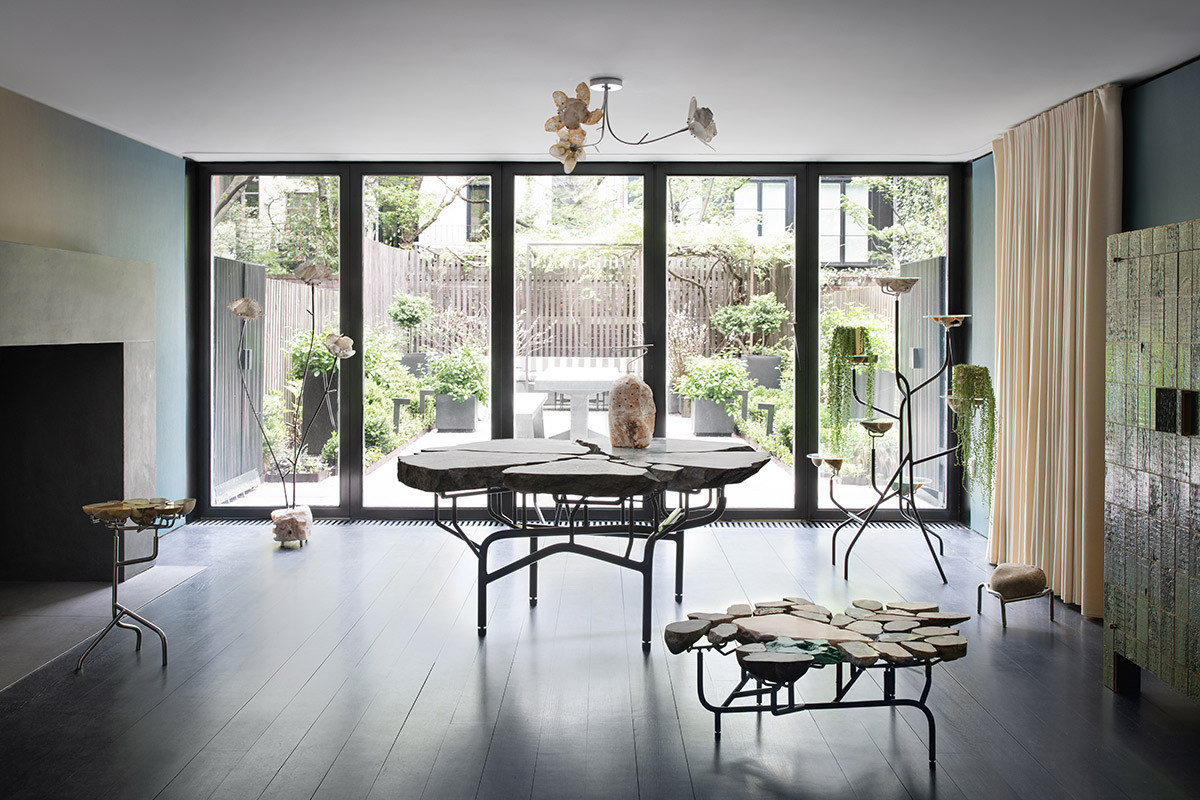
Romancing the Stone: Interview with Chen & Kai
Artists Chen Chen & Kai Williams approach each piece they produce as a source of exploration. By putting together natural objects in unusual ways, Chen & Kai allow for deeper meaning to shine through with designs that are challenging and approachable. For Romancing The Stone, currently on view at Casa Perfect New York, the designers have built on their past oeuvre to produce The Geology Collection, which, most notably, features tables surfaced with split stones and minerals which appear as otherworldly bricolages with a constellation of hidden minerals supported by a network of steel armature. An innovative series that includes light fixtures, tables, accessories and furniture, Chen & Kai’s Romancing The Stone collection has been a hit with both the press and collectors. According to the duo: “We wanted to show the myriad ways that the material could be used from the gravity of the tables to the lightness and transparency of the lights.” As their latest collection was unveiled, we caught up with the dynamic duo.
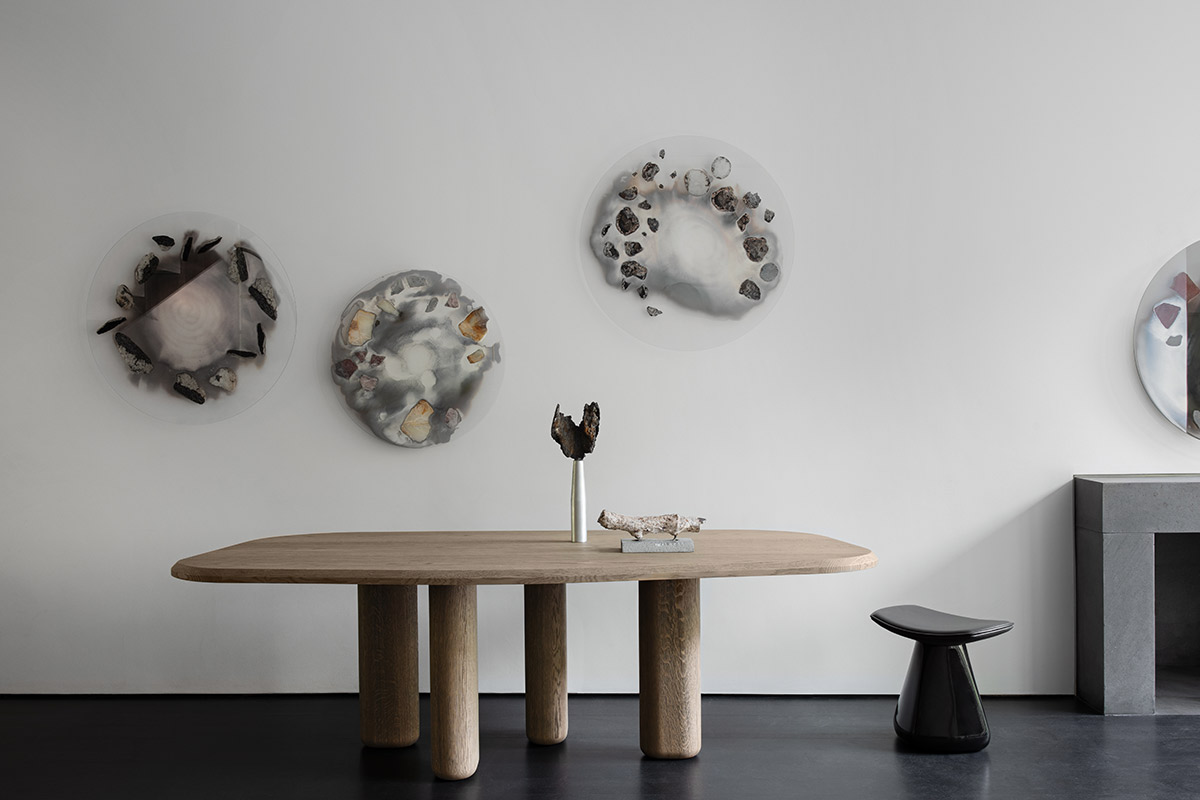
All photography by Eric Petschek.
Romancing the Stone is a paean to a particular material - one that you've used in the past. Can you tell us about your approach to stone on this occasion and why it bears revisiting as a subject?
We started using stone very early on in our practice. Our first studio was next to a stone yard and there were little bits of stone strewn on the sidewalk that we would find to be beautiful but most people thought they were too small to use and as such, worthless. We used them to make our Metamorphic Rock Bookends which The Future Perfect carried in 2012. This current body of work has a similar line of thinking. We're using nontraditional sources to find our stone. We don't know the names of many of them because a salesperson didn't tell us it's trade name. Of course there are some stones used that you would find normally used in furniture, and some semi-precious stones, these stones have established markets and you can buy them. However there are other stones we are using that exist in an in between world where they are too small to be sold for furniture use and not rare enough for the semi-precious market. These stones we have to forage for, whether it's on a beach or sorting through 20' tall piles in a landscaping supply yard for the 10 pieces that fit our need.
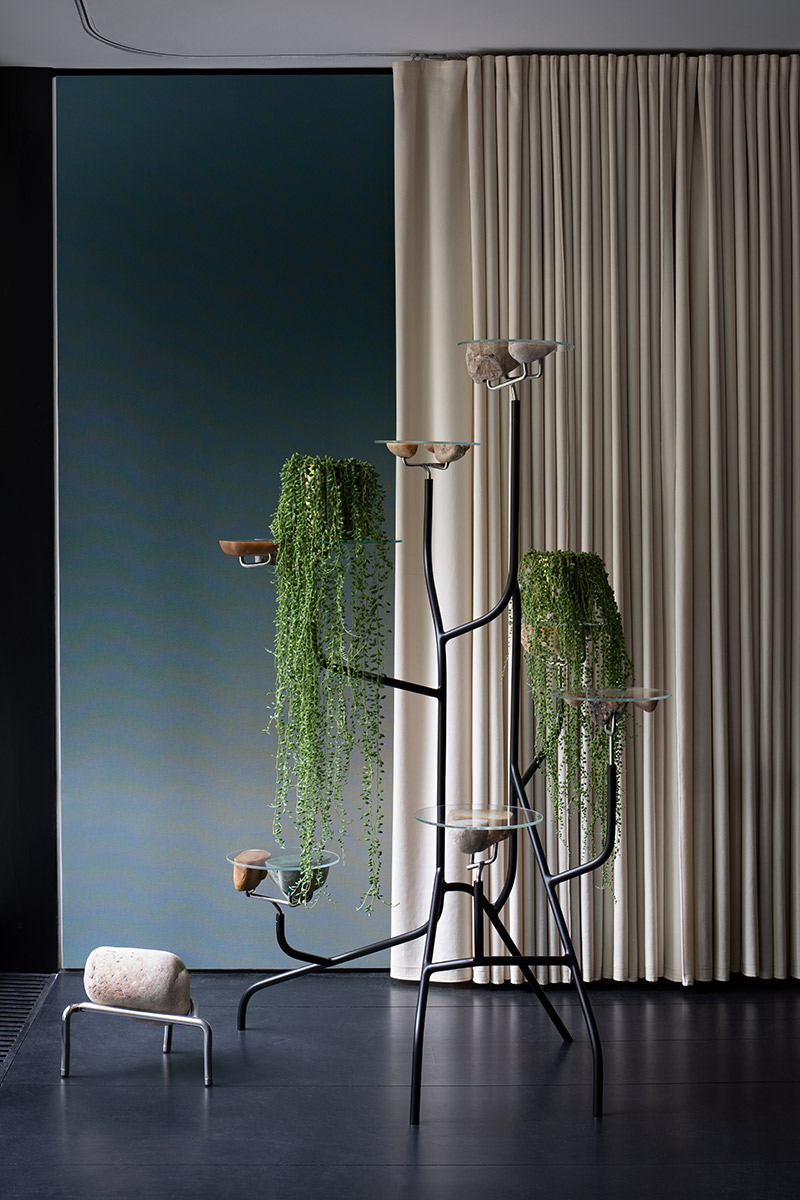
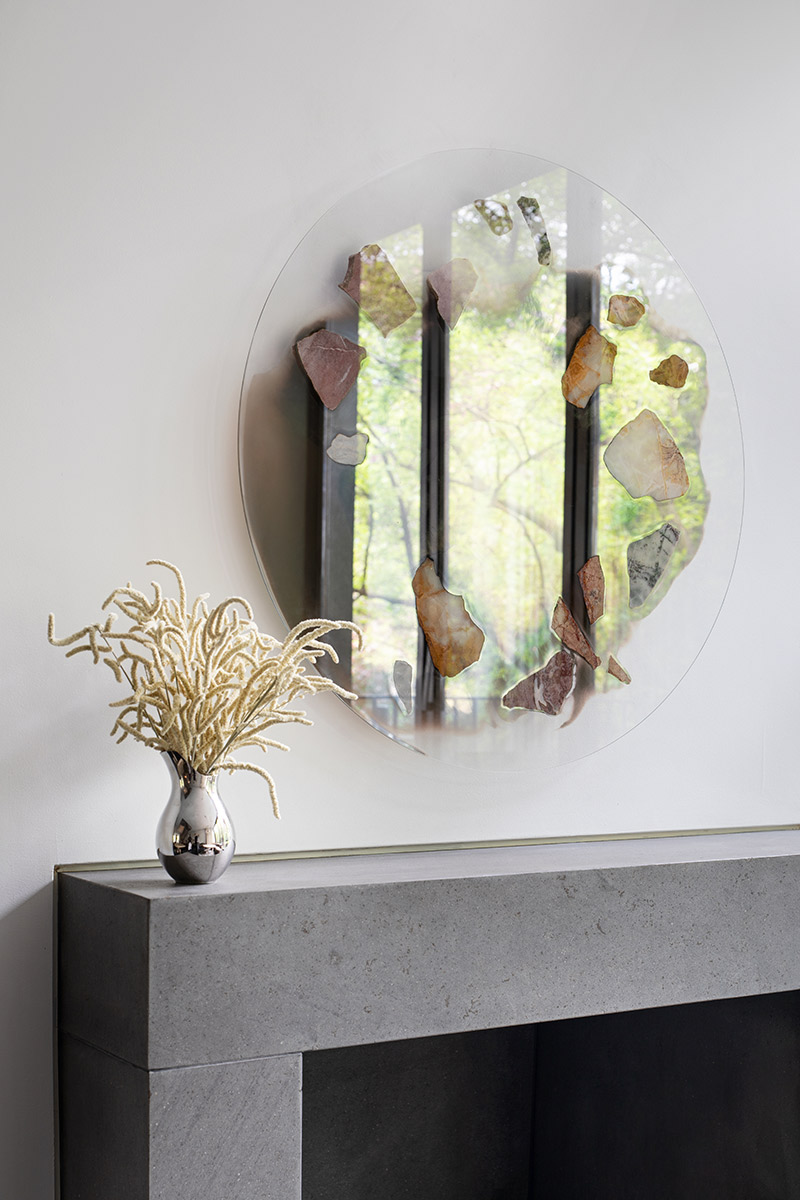
Your material exploration is multi-layered, with some pieces appearing with heft and others very delicate. Can you explain this juxtaposition?
For our practice, this is a limited palette, and we wanted to see how far we could push stone, steel and glass in all directions. We had been working on the Geology collection for a while and really wanted to show how light and transparent a stone could be with the Stone Roses. We also were in a very elemental mind state working on this and wanted to incorporate fire (the incense burners) and for the moment unsuccessfully, water (we had planned on making a set of fountains).
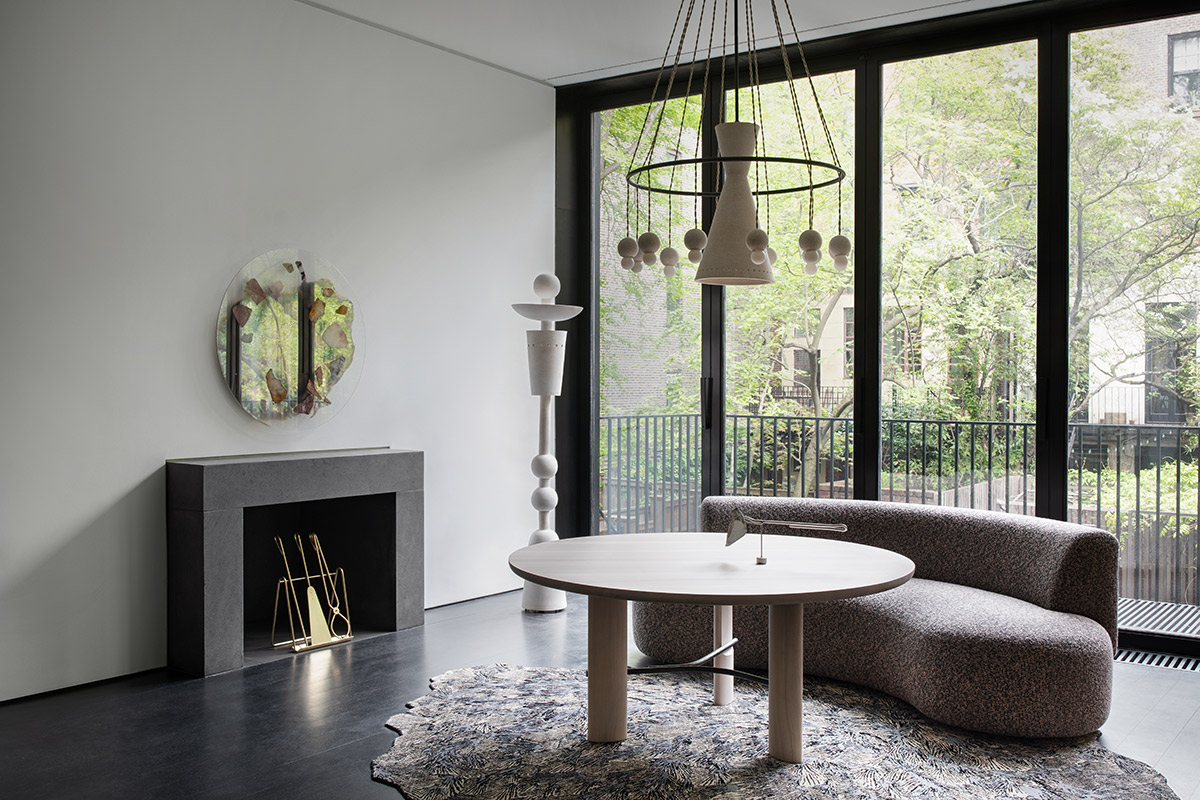
Can you talk us through some of the technical challenges you faced during production of the collection?
You would think slinging around 300lb slices of stone would be the most difficult but the Stone Roses were a true test. The petals are made of quartz, an extremely hard stone and we wanted them to be as thin as possible. Each slice probably takes around 3 hours of labor. Sure you can get agate slices almost that thin but there isn't anyone selling sliced quartz like these so we had to cobble together a set of techniques to make them.
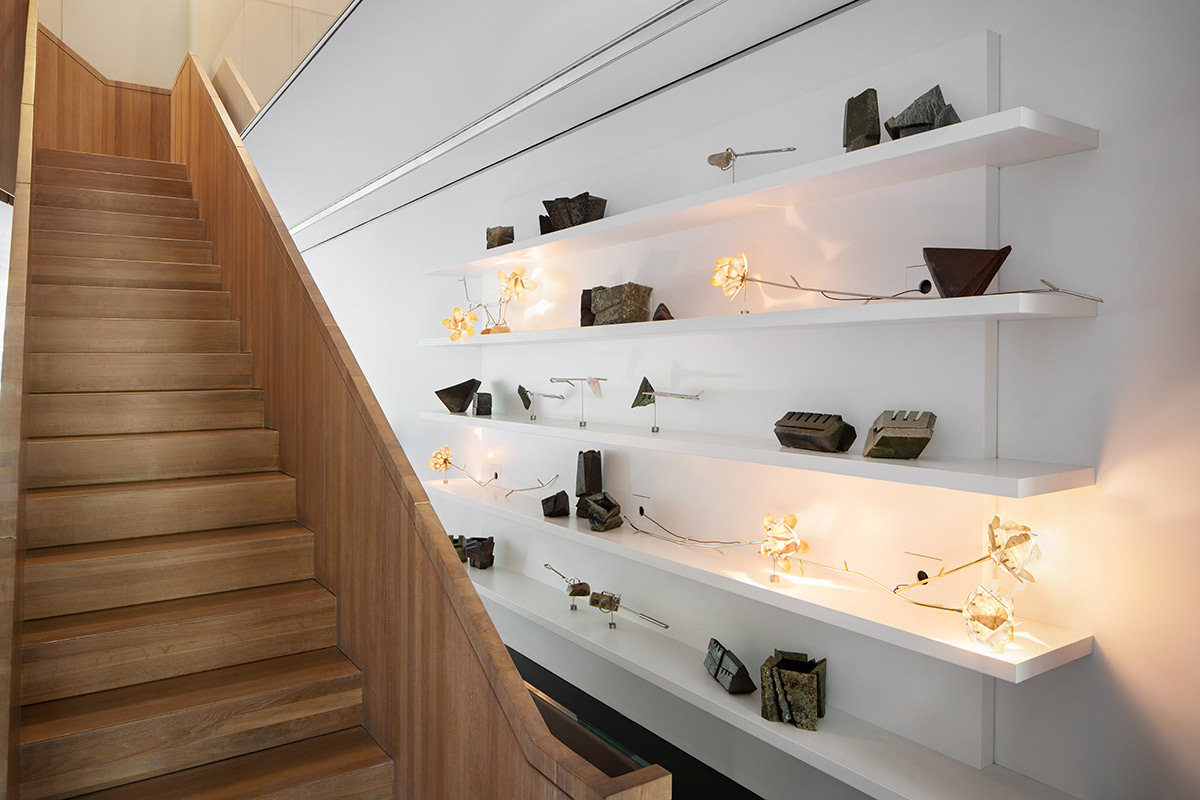
How much of your studio practice is pure experimentation? playing with materials to come up with unorthodox effects and treatments.
We are constantly experimenting. There are lots of things sitting on shelves waiting for an application. We don't pressure ourselves to take any one idea to completion immediately. Having it sit in our physical space allows us to make connections between moments of insight which then creates a deeper body of work.
In terms of how the partnership and work is divided/delineated... do you each bring different strengths or tend to approach things from the same angle?
We do all the creative decision making together but then tend to take on projects or parts of projects on our own, checking in with the other so that there's always a more objective view of the situation. Sometimes the split comes in material, in this body of work Chen was more involved in the stone work and Kai in the metal work.
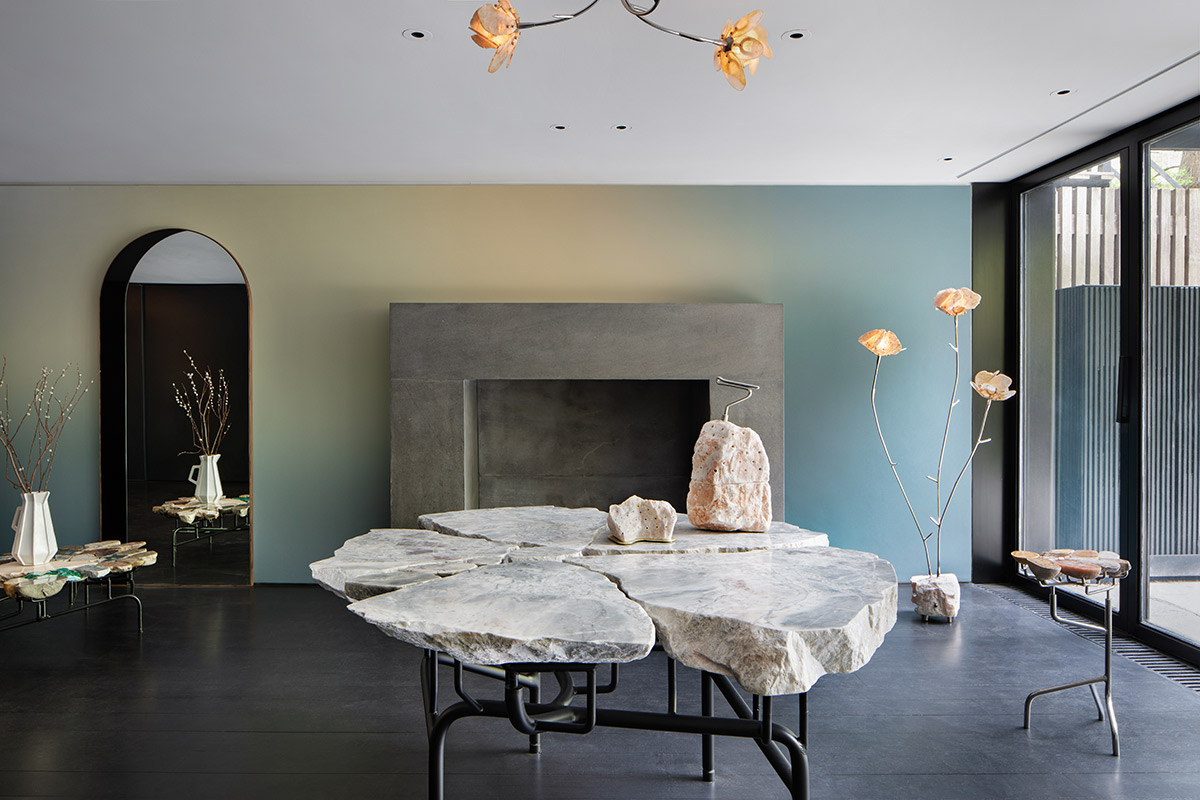
 The Future Perfect
The Future Perfect